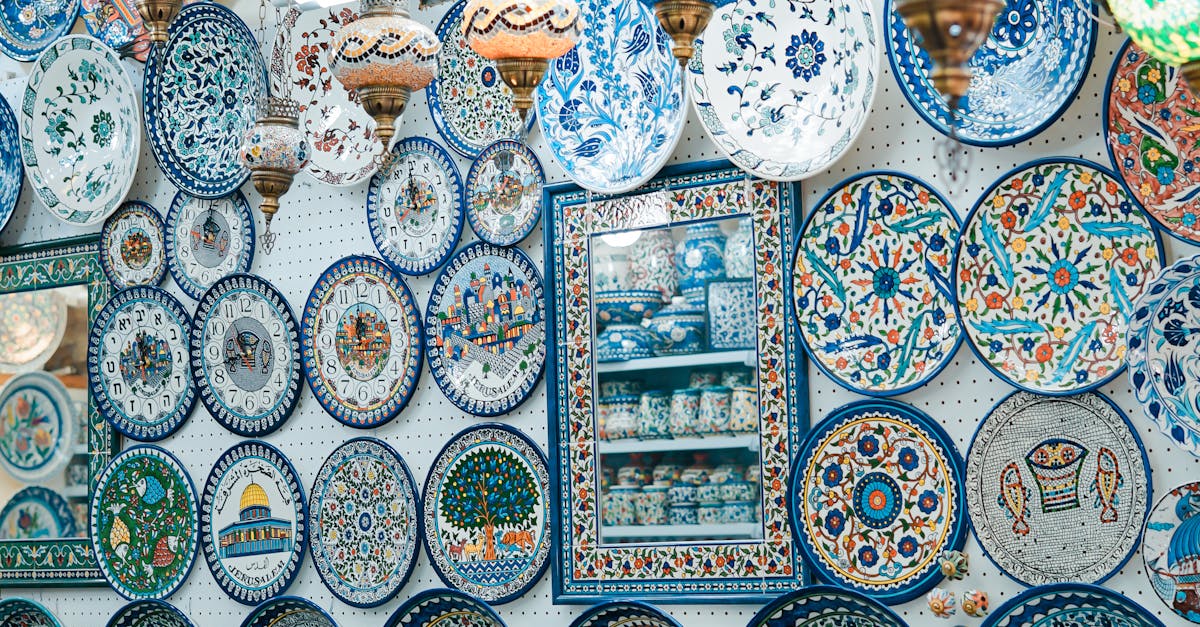Sculpting is a timeless art form that allows creators to bring their imagination to life through various materials and techniques. From environmental sculpture to abstract sculpture, and the versatile mediums of clay and metal, sculptors utilize a range of tools and approaches to craft masterpieces that captivate and inspire. In this article, we delve into 12 crucial measures in sculpting, shedding light on the tools, techniques, and the evolving role of environmental consciousness in shaping sculptural works.
1. **Environmentally Conscious Materials:** As awareness grows about the impact of art on the environment, sculptors are turning to sustainable and eco-friendly materials. From recycled metals to biodegradable clays, artists are embracing environmentally conscious choices in their sculpting practices.
2. **Found Objects in Environmental Sculpture:** Environmental sculpture involves utilizing natural elements and found objects to create art that interacts harmoniously with its surroundings. By incorporating elements like stones, branches, and even water bodies into their sculptures, artists blend art with the environment.
3. **Abstract Forms in Sculpting:** Abstract sculpture breaks away from traditional forms and allows artists to explore shapes, textures, and concepts in a more fluid and expressive manner. Tools like chisels, rasps, and wire cutters are essential in shaping abstract sculptures that challenge perceptions and evoke emotions.
4. **Clay as a Versatile Medium:** Clay has been a cornerstone in sculpting for centuries due to its versatility and pliability. Sculptors mold, sculpt, and carve clay to create intricate details and textures, bringing their visions to life in a tactile and engaging way.
5. **Metalwork in Sculpting:** Metal sculpture encompasses a wide range of techniques, from welding and forging to casting and patination. Tools such as welding torches, grinders, and hammers are used to manipulate metal into intricate forms, highlighting the strength and durability of this medium.
6. **Digital Tools in Sculpting:** With advancements in technology, sculptors are incorporating digital tools like 3D modeling software and CNC machines into their practices. These tools enable artists to visualize and fabricate complex forms with precision and efficiency, bridging the gap between traditional techniques and modern innovation.
7. **Texture and Surface Treatments:** Texture plays a crucial role in sculpting, adding depth and character to the artwork. Sculptors use tools like texture stamps, brushes, and sculpting tools to create a variety of surface treatments, from smooth and polished finishes to rough and textured surfaces that invite tactile exploration.
8. **Scale and Proportion:** Understanding scale and proportion is essential in sculpting to create balanced and visually engaging compositions. Sculptors use tools like calipers and rulers to measure and scale their designs accurately, ensuring that the artwork resonates with viewers in terms of size and dimension.
9. **Armature Building:** Armatures provide structural support to sculptural forms, especially when working with materials like clay and metal. Sculptors use tools like wire, rods, and armature mesh to create sturdy frameworks that serve as the foundation for their artworks, allowing for greater flexibility and stability during the sculpting process.
10. **Surface Finishing Techniques:** Surface finishing techniques, such as carving, polishing, and patination, add the final touches to a sculptural piece, enhancing its visual appeal and longevity. Sculptors employ a variety of tools and techniques to refine and beautify the surface of their artworks, creating a cohesive and professional finish.
11. **Collaboration and Community in Sculpting:** Collaboration and community play a significant role in the world of sculpting, fostering creativity, exchange of ideas, and mutual support among artists. Workshops, residencies, and art communities provide sculptors with opportunities to connect, learn, and grow together, enriching the sculpting experience.
12. **Embracing Nature and Tradition:** Sculptors draw inspiration from nature, culture, and tradition, infusing their works with storytelling, symbolism, and heritage. By blending contemporary techniques with time-honored practices, artists create sculptural pieces that bridge the past and present, inviting viewers to connect with art on a deeper, more meaningful level.
In conclusion, sculpting tools, techniques, and the evolving dynamics of environmental sculpture, abstract sculpture, and the use of clay and metal reflect the diverse and vibrant landscape of sculptural art. By embracing innovation, sustainability, and community, sculptors continue to push boundaries and redefine the boundaries of artistic expression, shaping a future where art and nature intertwine harmoniously.


